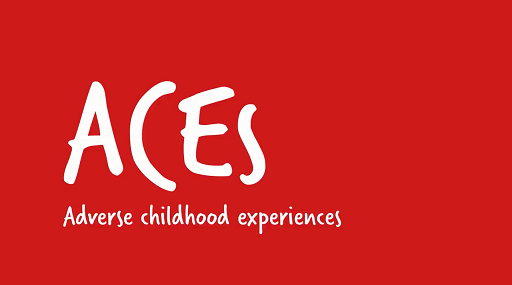1 Poverty and class disadvantage
Poverty and class-based inequality influence a young person’s physical and mental health, their educational prospects and their chances of employment. In the UK, as elsewhere, social classes are separated by inequalities of wealth and income. These, in turn, impact on the likelihood of a child or young person becoming a victim or a perpetrator of crime. Poverty is not a passive, background issue but an aggressive one that actively steers children and young people towards personally limiting and socially destructive outcomes.
In the UK in 2017–18:
- an estimated 14.3 million people lived in poverty
- one in every 100 children were homeless at any one time
- £6 billion was cut from social care
- 5.4 million people earned below the living wage (£9.30 per hour in 2019).
In 2014, 15,000 people died because they couldn’t afford to heat their homes (Cooper and Whyte, 2017).
All too often interventions are focused on the children and young people who are poor, rather than focused on the poverty that generates the need for intervention. The children and young people come to be seen as the problem, not the poverty. Although the intentions of such interventions are usually well-meaning and benign, their effect is to generate and reinforce ideas about working class children and young people as objects of policy, unfortunately requiring help and guidance to help them live within their ‘narrow’ means. They are seen as ‘problems’, deficient in various ways, dependent on financial support, a liability to the economy and a potential threat to the stability of society.
The relentless focus on the behaviour and apparent ‘immorality’ of working class children and young people is a constant feature of British history (Pearson, 1983). They are sometimes referred to as ‘the criminal classes’ but the evidence from criminological research is that all occupational groups, all social classes commit crime. Some argue that ‘most serious crimes … can be located in power, not weakness, in privilege not disadvantage, in wealth not poverty’ (Box, 1983, p. 3).
Children, because they are young and relatively powerless, often bear the brunt of the effects of poverty. Growing up poor means you are more likely to suffer debilitating health conditions. Low birth weight, developmental delay, obesity, mental health difficulties, physical injury, teenage pregnancy, acute respiratory infection, and poor linear growth are pervasive, cumulative in effect and life limiting in outcome. A study by the Youth Justice Trust discovered that 90 per cent of the Youth Offending Team case files on young people in their survey had ‘significant experience of loss or bereavement, or the onset of mental illness or physical disability for a parent’ (YJT, 2003). Since then there has been slowly increasing recognition that young people’s experiences of grief, trauma, loss and distress need to be more widely acknowledged. The next two activities offer you an insight into this.
Activity 1 Adverse childhood experiences (ACEs)
Watch the following video which was developed to raise awareness of adverse childhood experiences (ACEs) and their potential to propel children into criminal justice systems.

Transcript: Video 1
TEXT ON SCREEN
This is one person’s story of how adverse childhood experiences affected their life.
TEXT ON SCREEN
Adverse Childhood Experiences are traumatic events that can have negative, lasting effects on health and behaviour.
ACEs including being physically, emotionally or sexually abused as a child and growing up in a house with domestic violence, mental illness, alcohol and drug abuse or criminal problems.
TEXT ON SCREEN
Children who have abusive or otherwise stress-filled childhoods are more likely to develop heart disease, diabetes, cancer and other health and social problems throughout their adult life.
How I coped with ACEs as a teenager.
Discussion
The video draws from a wide body of evidence about children’s health and wellbeing. It takes a life-course perspective favoured by health professionals and neatly contrasts the possibilities and consequences of different interventions.
The next activity provides some further insights into how the trauma-informed approach is taking shape in youth justice.
Activity 2 Trauma-informed youth justice
Read the ‘In Brief’ (first two-pages) of the guide to trauma-informed practice in youth justice produced for practitioners by the Youth Justice Board.
Summary of trauma-informed youth justice [Tip: hold Ctrl and click a link to open it in a new tab. (Hide tip)]
When you’ve finished, make a note of two things you feel you’ve learned from reading the summary.
Discussion
One of the strongest messages to come over in the briefing is that trauma is cumulative and compounding. The more trauma there is, and the longer it is endured, the worse the outcomes are likely to be.
You might have noted the two possible aspects of the way the effects of trauma can manifest: internal and external. The development of Enhanced Case Management (ECM) is an approach that has been adopted in youth offending teams in Wales because it facilitates a comprehensive multi-agency response to the complexities of trauma.

